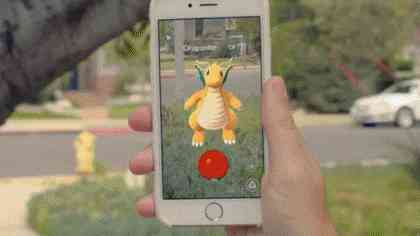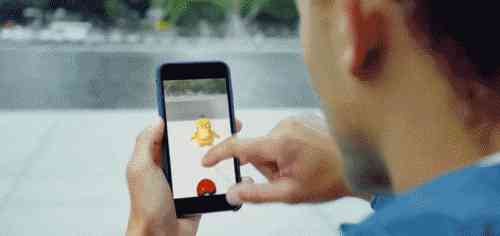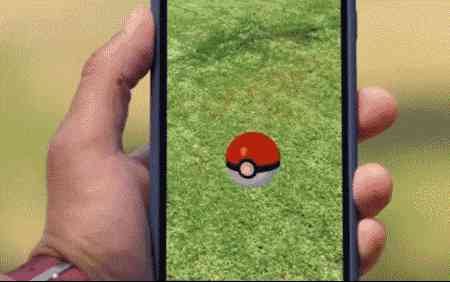据说,最近在澳大利亚、新西兰等国,好多人大半夜不睡觉,拿着手机在外面抓精灵。他们不但自己玩的热火朝天,只要看到旁边有人拿着手机在看,就以为人家也是在玩Pokémon Go。简直是“妄想症”附身啊!
Pokémon paranoia refers to the suspicion that anyone on their phone outdoors is playing Pokémon Go, the augmented reality game that became a hit on the internet since its release in Australia, New Zealand, the United States, most of Europe, and Canada on a staggered schedule starting on July 6, 2016.
“口袋精灵妄想症”指怀疑在户外看手机的人都在玩口袋精灵游戏的妄想状态。这个游戏是一款增强现实游戏,自7月6日在澳大利亚、新西兰、美国、欧洲大部以及加拿大上线以来在互联网上引发热潮。
患有口袋精灵妄想症的人看谁都像游戏玩家:
"Hey, you playing Pokémon?"
"Not me..."
嘿,你在玩口袋精灵吗?
没啊......
Pokémon 就是口袋精灵(pocket monster),那款90年代很火的游戏,还有大家童年里的动画片,萌萌哒皮卡丘,pika~
Pokémon Go是在此基础上新出的一款增强现实游戏(augmented reality game, AR game)。
也许你要问,增强现实(AR)和虚拟现实(VR)有什么区别。简单来说,虚拟现实(Virtual Reality, VR)是把虚拟的事物变得越真实越好,而增强现实(Augmented Reality, AR)则是让虚拟与现实相结合,越分不清楚越好。
具体是这样玩的……
The apps uses GPS. As you wander through the real world, it will show you an animated version of Google maps. You'll be able to see roads, buildings, Gyms, and Pokéstops.
游戏使用GPS定位,你在现实世界走动时,app会展现一个动画版的谷歌地图,你可以看到街道、建筑、健身馆和Pokéstops商店。
You can keep your phone at your side while you walk, and when you are near a Pokémon, you'll get a notification in the form of a vibration.
如果附近有宠物小精灵,手机会震动提示你。

It then launches an augmented reality experience with the Pokémon dancing around in realtime.
然后游戏就开启增强现实功能,你可以看到小精灵们在现实场景中蹦跶。

Then, you'll throw a Poké Ball at the Pokémon, by swiping towards it.
然后,你通过滑动屏幕上的Poké Ball来打中它。

如果打中了,就抓住一只精灵啦,Gotcha!
It also takes into account your location when generating the type of Pokémon you capture.
很萌的是,它还会根据你所在的地点生成相关属性的小精灵。
比如水系小精灵就多出现在水边。

游戏的宣传口号是:
Gotta Catch 'em All!
全部都要抓住!